Home>Technology>Security & Surveillance>How To Pick A Lock On A House Door
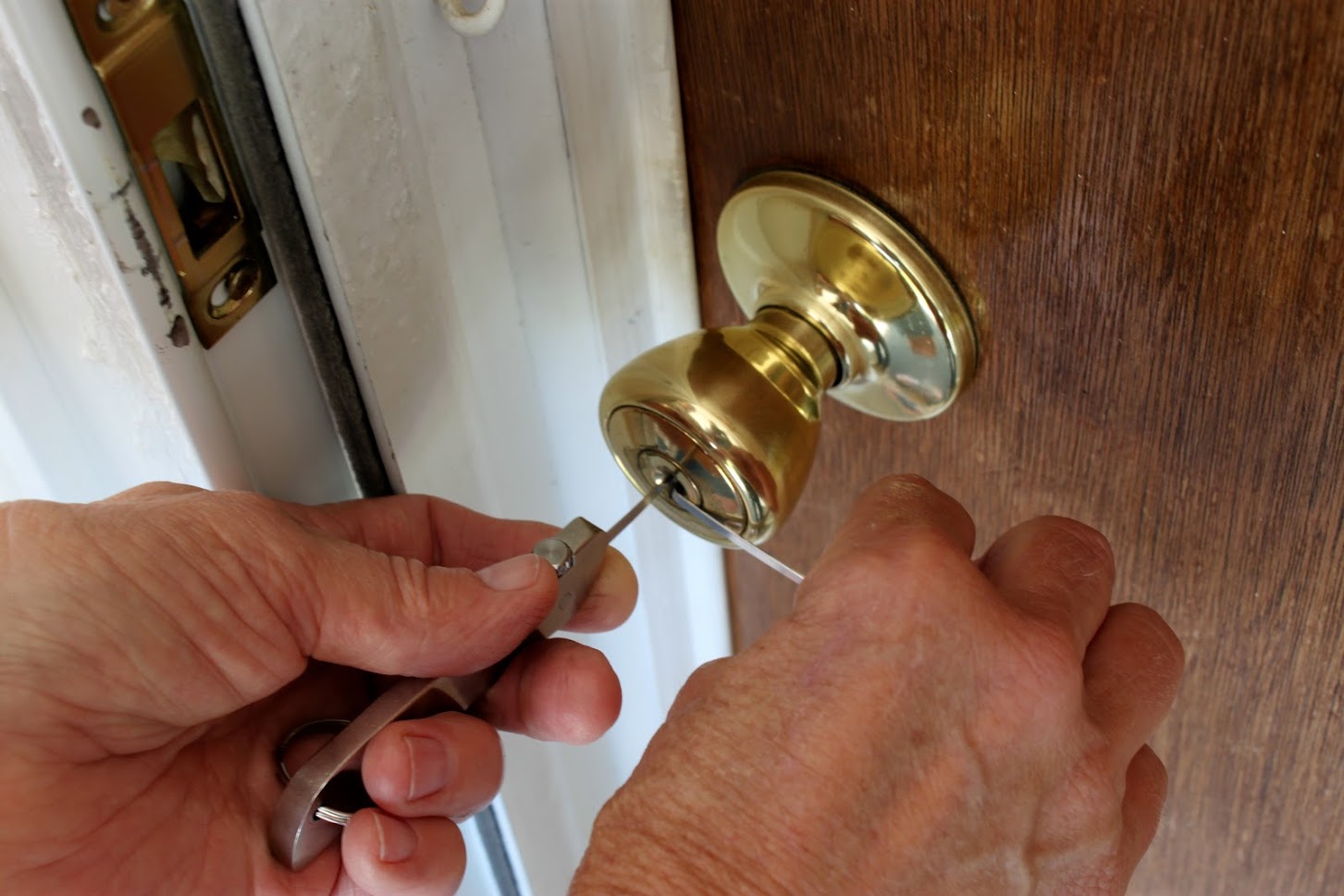

Security & Surveillance
How To Pick A Lock On A House Door
Published: December 26, 2023
Learn the essential skills for picking a lock on a house door to enhance your security and surveillance. Discover effective techniques and tools for improving home safety.
(Many of the links in this article redirect to a specific reviewed product. Your purchase of these products through affiliate links helps to generate commission for Storables.com, at no extra cost. Learn more)
Introduction
Welcome to the intriguing world of lock picking! While the art of picking locks has long been associated with clandestine activities in spy movies and detective novels, it is also a valuable skill for security professionals, locksmiths, and even homeowners. In this comprehensive guide, we will delve into the fascinating realm of lock picking, shedding light on the mechanisms behind common house door locks, the tools required for this practice, and a step-by-step tutorial for picking a lock.
Lock picking is a skill that demands a deep understanding of the inner workings of locks, a steady hand, and a keen eye. It is essential to note that the information provided in this guide is intended for educational purposes only. Engaging in any form of lock picking without proper authorization is illegal and unethical. Therefore, it is crucial to approach this knowledge with a strong sense of responsibility and respect for the law.
In the following sections, we will explore the intricacies of lock mechanisms, the specific tools required for successful lock picking, and the step-by-step process of picking a lock. Additionally, we will touch upon the legal and ethical considerations surrounding this practice, emphasizing the importance of using this knowledge responsibly and within the boundaries of the law.
Whether you are a security enthusiast, a homeowner looking to bolster your knowledge of home security, or simply curious about the mechanics of locks, this guide will provide valuable insights into the world of lock picking. So, let's embark on this enlightening journey and unravel the mysteries of lock picking together.
Key Takeaways:
- Lock picking requires deep understanding, precision, and respect for the law. It’s crucial to use this knowledge responsibly and legally, and to prioritize ethical conduct and property owner rights.
- Lock picking tools are specialized and regulated. It’s important to approach lock picking with integrity, legality, and respect for security and privacy. Upholding ethical standards is paramount.
Read more: How To Pick A Door Lock
Understanding Lock Mechanisms
Before delving into the art of lock picking, it is essential to grasp the fundamental principles governing the mechanisms of common house door locks. Understanding the inner workings of a lock is pivotal to successfully manipulating it through picking.
Most house door locks operate on the basis of pin tumbler mechanisms. This mechanism comprises a series of spring-loaded pins of varying lengths, which prevent the lock from turning without the correct key. When the correct key is inserted into the lock, it aligns the pins at the shear line, allowing the lock to turn and the door to be opened.
Furthermore, locks are categorized based on the number of pin stacks they contain. Commonly, house door locks feature either five or six pin stacks, each requiring precise manipulation during the lock picking process.
Additionally, it is important to note that some advanced locks may incorporate security pins, such as spool pins or serrated pins, designed to increase the complexity of picking the lock. These security pins are strategically engineered to impede traditional lock picking techniques, demanding a higher level of skill and precision from the individual attempting to pick the lock.
Understanding the intricacies of lock mechanisms empowers individuals to approach lock picking with a heightened level of knowledge and proficiency. It allows for a more informed and strategic approach to manipulating the internal components of the lock, ultimately increasing the likelihood of successfully picking the lock.
By comprehending the inner workings of locks, enthusiasts and security professionals can gain a deeper appreciation for the engineering marvels that safeguard our homes and properties. This knowledge also underscores the importance of investing in high-quality locks to fortify the security of residential and commercial spaces.
Armed with this understanding of lock mechanisms, we can now explore the specific tools required for the art of lock picking.
Tools Needed for Lock Picking
Embarking on the journey of lock picking necessitates the acquisition of specialized tools designed to manipulate the intricate components of locks. These tools are meticulously crafted to facilitate the delicate and precise art of lock picking, enabling enthusiasts and professionals to hone their skills and expand their understanding of security mechanisms.
One of the fundamental tools essential for lock picking is the tension wrench, also known as a torque wrench. This tool is employed to apply rotational pressure to the lock cylinder, maintaining a slight rotational force while the pins are being manipulated. The tension wrench is available in various shapes and sizes to accommodate different types of locks and keyways, offering versatility in the lock picking process.
Another indispensable tool is the lock pick, which comes in a diverse array of designs tailored to suit different lock mechanisms and pin configurations. Lock picks are meticulously crafted instruments that enable the precise manipulation of individual pins within the lock, allowing the picker to navigate the internal components and align the pins at the shear line. These picks may include hook picks, diamond picks, and rake picks, each serving distinct purposes in the art of lock picking.
Furthermore, a key extractor tool is valuable for removing broken keys from locks, a common occurrence that may hinder the normal operation of the lock. This tool aids in extracting the broken key remnants, restoring the functionality of the lock without necessitating a complete lock replacement.
For enthusiasts seeking to delve deeper into the intricacies of lock picking, a practice lock or cutaway lock serves as an invaluable learning aid. These specialized locks feature transparent or exposed sections, allowing the picker to observe the inner workings of the lock as they practice their manipulation techniques. This visual feedback enhances the learning process, facilitating a deeper understanding of the mechanisms at play.
It is crucial to emphasize that the possession and use of lock picking tools are subject to legal regulations in many jurisdictions. Individuals interested in pursuing lock picking as a hobby or profession must familiarize themselves with the legal restrictions and obtain the necessary permissions or certifications to engage in this practice.
Armed with the essential tools for lock picking, enthusiasts are poised to embark on the practical application of this skill. In the following section, we will delve into a step-by-step guide to picking a lock, providing insights into the intricate process of manipulating lock mechanisms.
When picking a lock on a house door, use a tension wrench to apply pressure to the lock cylinder while using a lock pick to manipulate the pins into place. Practice on a spare lock to improve your skills.
Step-by-Step Guide to Picking a Lock
Embarking on the journey of lock picking requires patience, precision, and a deep understanding of the lock’s mechanisms. It is crucial to approach this practice with the utmost respect for ethical and legal considerations, utilizing this knowledge responsibly and within the confines of the law.
The following step-by-step guide provides insights into the intricate process of picking a lock, shedding light on the nuanced techniques and considerations involved in this art form.
- Prepare Your Tools: Begin by selecting the appropriate tension wrench and lock pick for the specific lock you intend to pick. Ensure that your tools are in optimal condition, free from any defects that may impede the picking process.
- Apply Tension: Insert the tension wrench into the lower part of the keyway, applying slight rotational pressure in the direction that the key would turn to unlock the door. Maintain consistent but gentle pressure throughout the picking process.
- Locate Binding Pins: Gently insert the lock pick into the top part of the keyway, carefully maneuvering it to locate the binding pins. These are the pins that resist the rotational force applied by the tension wrench.
- Apply Individual Pin Manipulation: Starting from the back of the lock, apply upward pressure with the lock pick while simultaneously applying rotational pressure with the tension wrench. Gradually work your way through each pin, carefully lifting and manipulating them to the shear line.
- Feel for Set Pins: As you manipulate the pins, pay close attention to the feedback from the lock. A set pin will exhibit a subtle click or movement, indicating that it has reached the correct position at the shear line.
- Continue Manipulation: With the set pins holding at the shear line, proceed to manipulate the remaining pins, ensuring that each pin reaches the set position to facilitate the turning of the lock cylinder.
- Rotate the Cylinder: As all pins reach the set position, the lock cylinder will gradually turn, signaling the successful picking of the lock. Exercise caution to ensure a smooth and controlled rotation, allowing the lock to open without resistance.
It is important to note that mastering the art of lock picking demands dedicated practice, keen observation, and a deep understanding of lock mechanisms. Additionally, ethical considerations and legal compliance must always be at the forefront of any endeavor related to lock picking.
By following this step-by-step guide and approaching lock picking with the necessary diligence and respect, enthusiasts can gain valuable insights into the intricate world of security mechanisms, furthering their knowledge and appreciation of this complex field.
Next, we will delve into the legal and ethical considerations that are paramount when engaging in the practice of lock picking.
Legal and Ethical Considerations
Engaging in the practice of lock picking necessitates a thorough understanding of the legal and ethical considerations that govern this field. It is imperative to approach this skill with the utmost respect for the law, ethical standards, and the rights of property owners.
From a legal standpoint, the possession and use of lock picking tools are subject to regulations that vary across different jurisdictions. In many regions, the possession of lock picking tools with the intent to unlawfully break into a property is deemed illegal and may result in severe legal repercussions. Therefore, individuals interested in pursuing lock picking as a hobby or profession must familiarize themselves with the specific laws and regulations governing this practice in their respective areas.
Furthermore, it is crucial to emphasize that lock picking should only be performed with explicit permission from the owner of the lock or in a controlled educational environment under the supervision of authorized professionals. Engaging in unauthorized lock picking, regardless of one’s intentions, is a violation of ethical standards and may lead to breaches of privacy, security, and trust.
Respect for the rights of property owners is paramount in the realm of lock picking. It is essential to recognize that the skills and knowledge acquired in lock picking should be used to bolster security measures, assist in emergency situations, and enhance one’s understanding of security mechanisms. Any misuse of this knowledge to compromise the security of others’ property is unequivocally unethical and reprehensible.
Lock picking enthusiasts and security professionals should prioritize the dissemination of knowledge and skills in a responsible and ethical manner. This includes promoting awareness of security vulnerabilities, advocating for robust security measures, and adhering to professional codes of conduct within the security and locksmithing industries.
Ultimately, the responsible and ethical practice of lock picking hinges on upholding the principles of integrity, legality, and respect for the security and privacy of individuals and their property. By adhering to these principles, enthusiasts and professionals can contribute to the advancement of security practices while fostering a culture of ethical responsibility within the realm of lock picking.
With a comprehensive understanding of the legal and ethical considerations surrounding lock picking, individuals can approach this skill with a heightened sense of responsibility and integrity, ensuring that their pursuits align with the highest ethical standards and legal compliance.
As we conclude this exploration of lock picking, it is essential to reflect on the knowledge gained and the ethical responsibilities that accompany the acquisition of such specialized skills.
Read more: How To Pick A RV Door Lock
Conclusion
As we draw the curtains on our exploration of lock picking, it is evident that this practice encompasses a delicate balance of technical skill, ethical responsibility, and legal compliance. The art of lock picking, while captivating and informative, must be approached with the utmost respect for the law, ethical standards, and the rights of property owners.
Throughout this guide, we have delved into the intricate mechanisms of locks, the essential tools required for lock picking, and a step-by-step tutorial for manipulating locks. It is crucial to underscore that the knowledge and skills acquired in lock picking should be utilized responsibly, with a steadfast commitment to ethical conduct and legal adherence.
Understanding the inner workings of locks not only enriches our knowledge of security mechanisms but also underscores the importance of investing in robust security measures to safeguard our homes and properties. By gaining insights into the vulnerabilities and complexities of locks, individuals can make informed decisions when it comes to fortifying their security infrastructure.
Furthermore, the ethical and legal considerations surrounding lock picking serve as a poignant reminder of the moral obligations that accompany the acquisition of specialized skills. Upholding the principles of integrity, legality, and respect for the security and privacy of others is paramount in the realm of lock picking, reflecting a commitment to responsible and ethical conduct.
It is our hope that this guide has provided valuable insights into the world of lock picking, fostering a deeper understanding of security mechanisms and ethical practices within the realm of security and surveillance. By approaching this knowledge with a sense of responsibility and ethical mindfulness, individuals can contribute to the advancement of security practices while upholding the highest standards of integrity and legality.
As we conclude this enlightening journey, let us carry forward the knowledge gained with a steadfast commitment to ethical responsibility, legal compliance, and the promotion of robust security measures within our communities.
Remember, the art of lock picking, when approached with ethical integrity, serves as a testament to our dedication to security and the responsible use of specialized skills.
Frequently Asked Questions about How To Pick A Lock On A House Door
Was this page helpful?
At Storables.com, we guarantee accurate and reliable information. Our content, validated by Expert Board Contributors, is crafted following stringent Editorial Policies. We're committed to providing you with well-researched, expert-backed insights for all your informational needs.
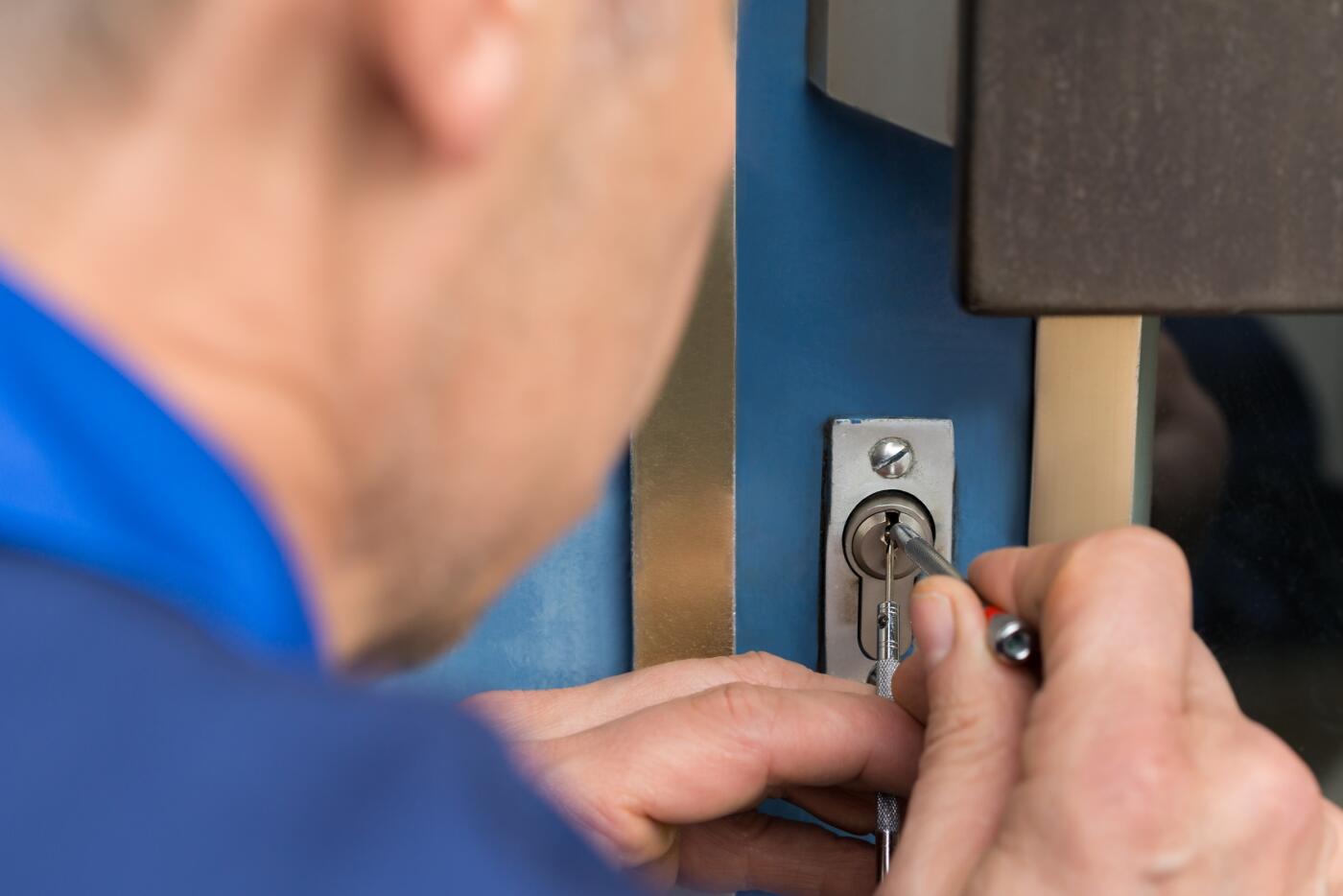
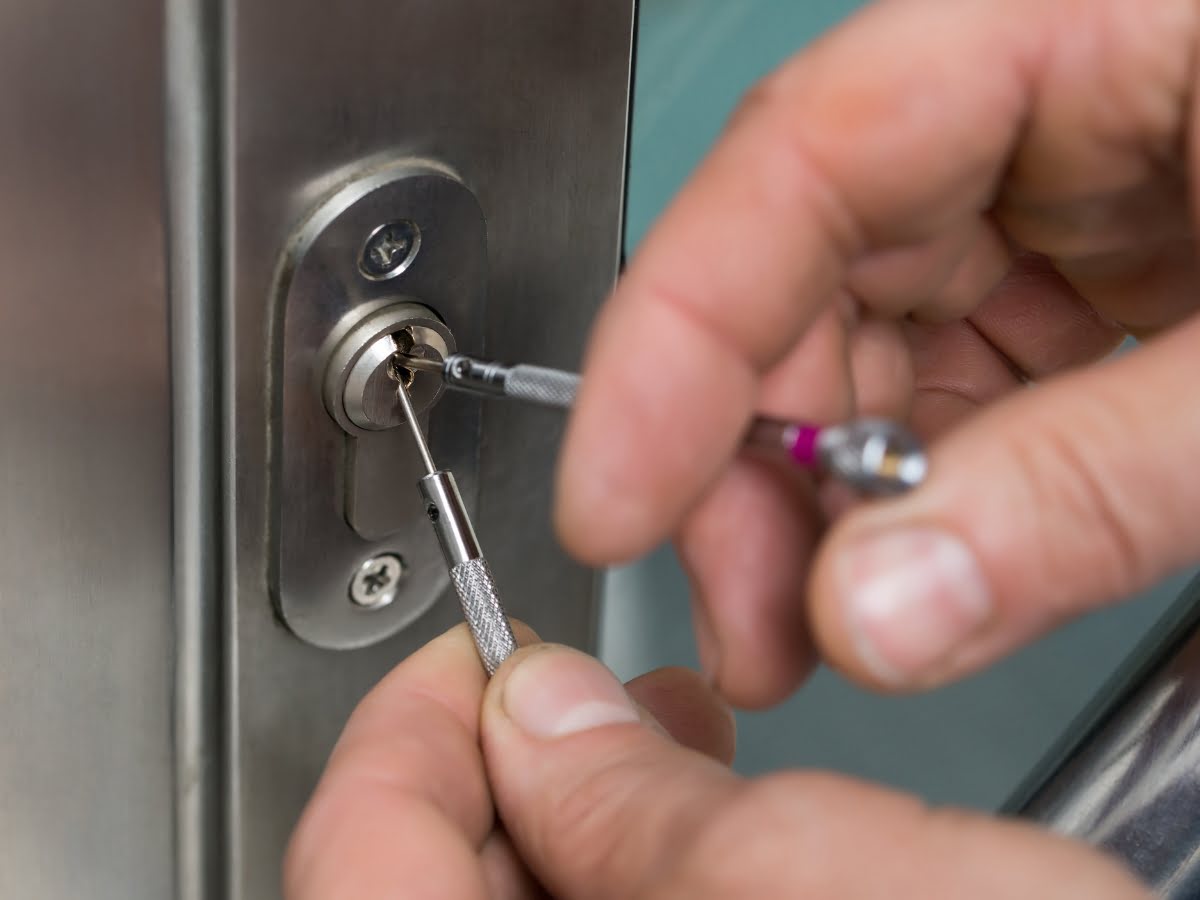

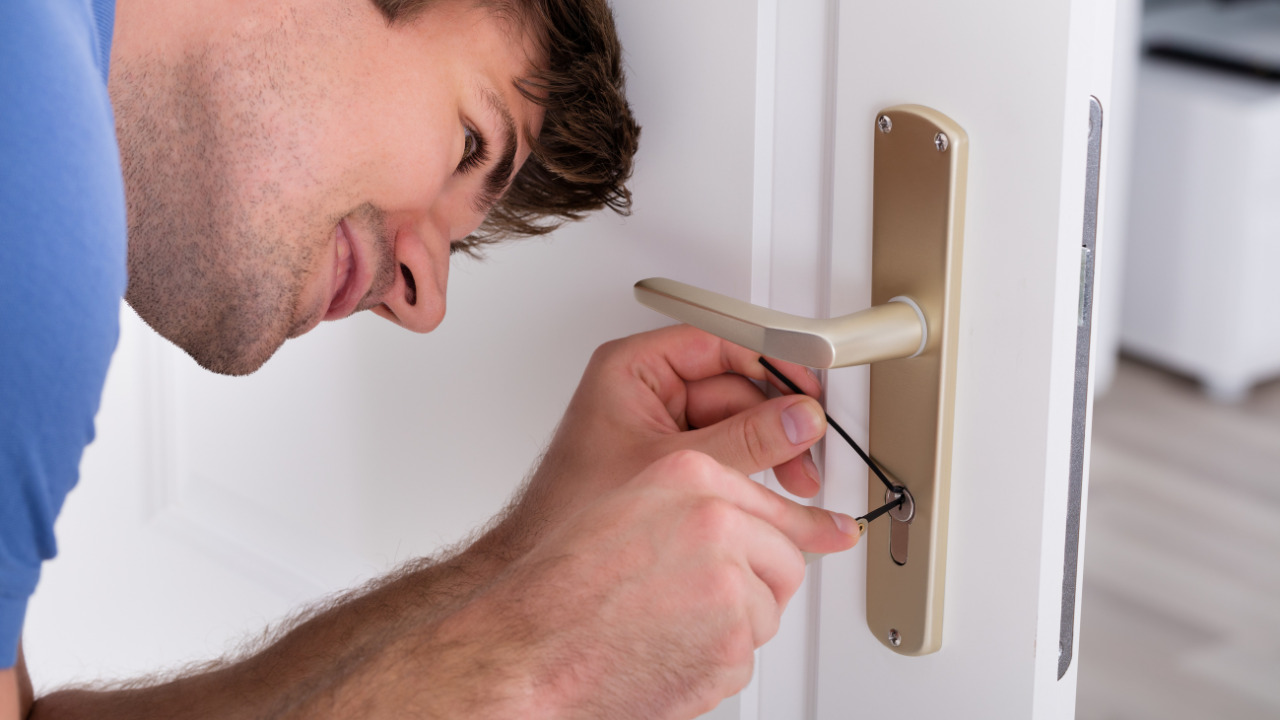
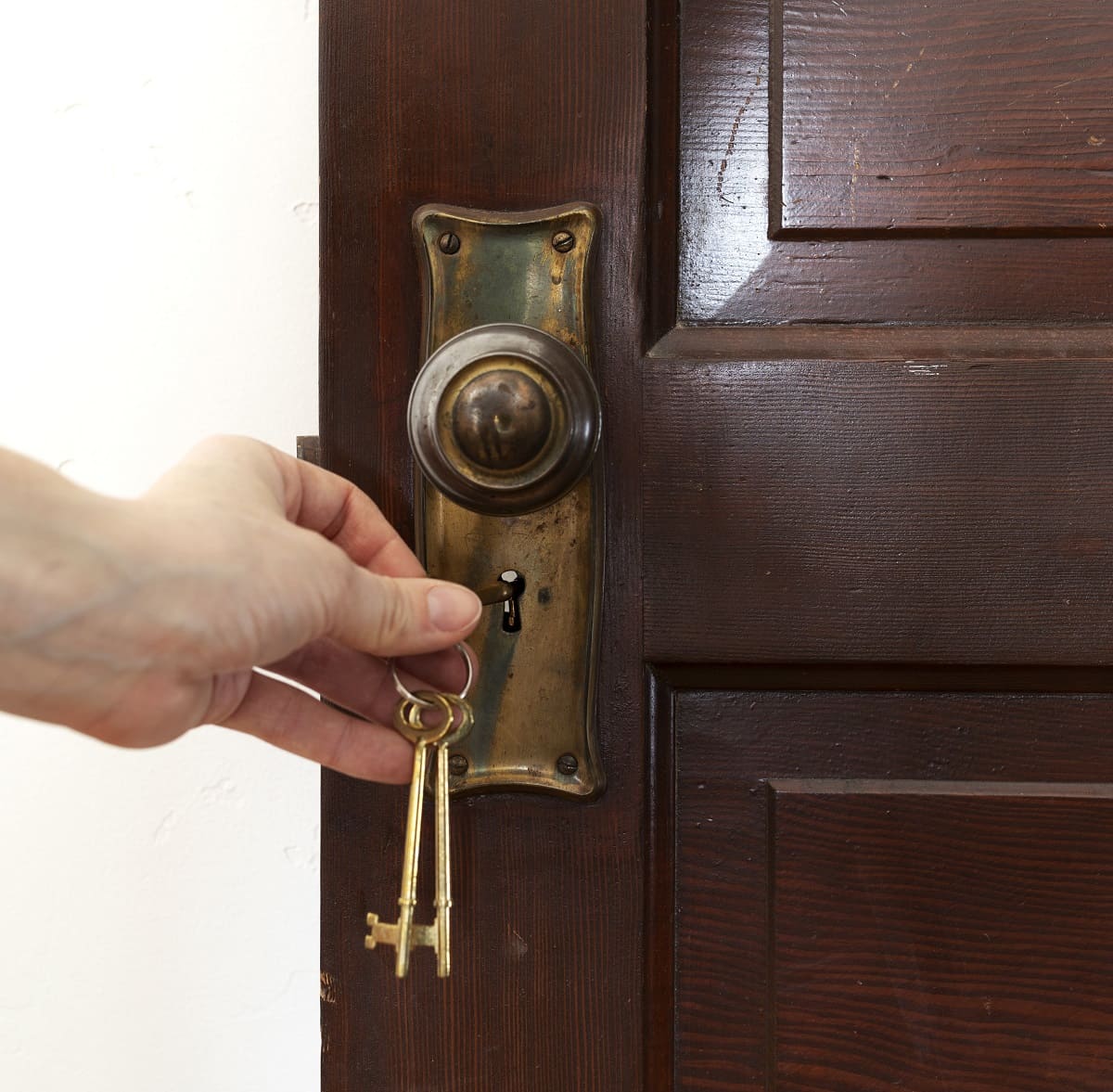
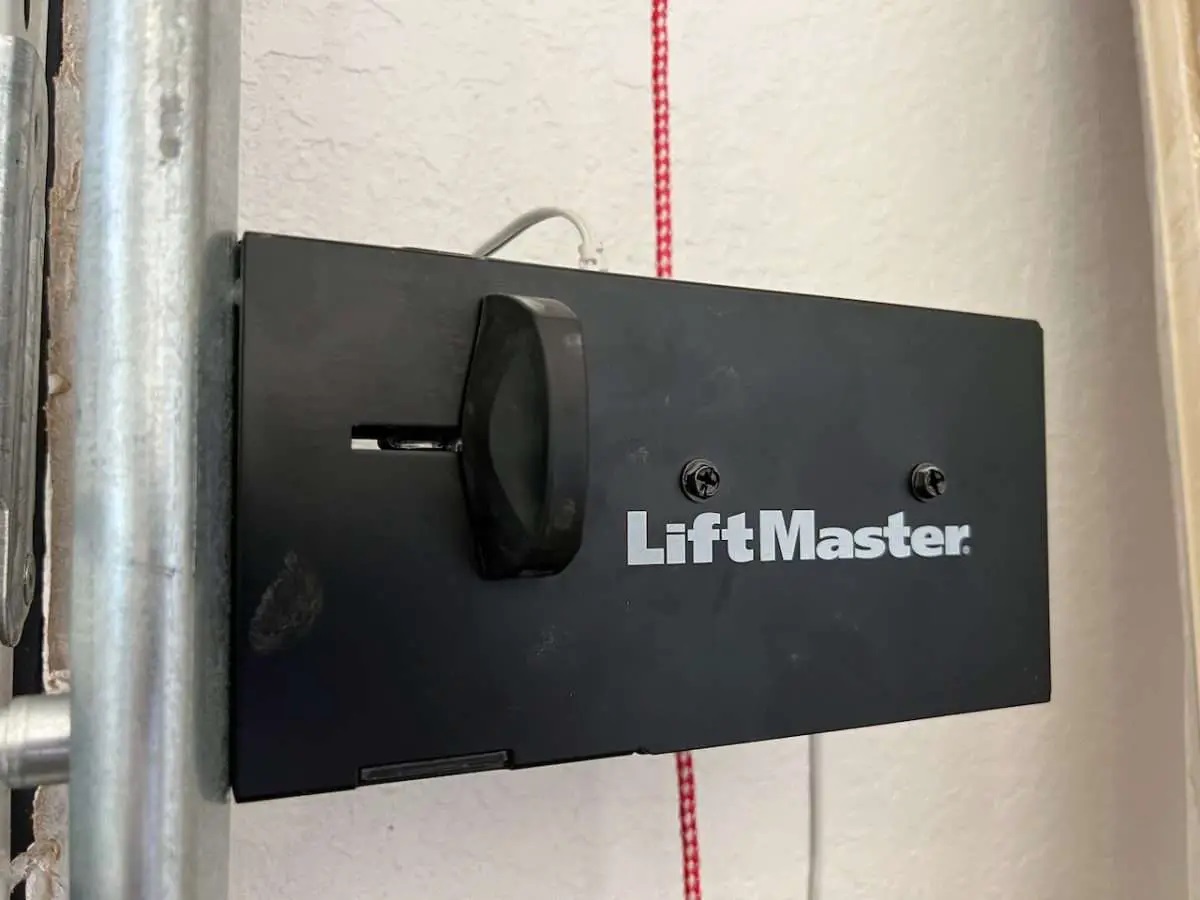
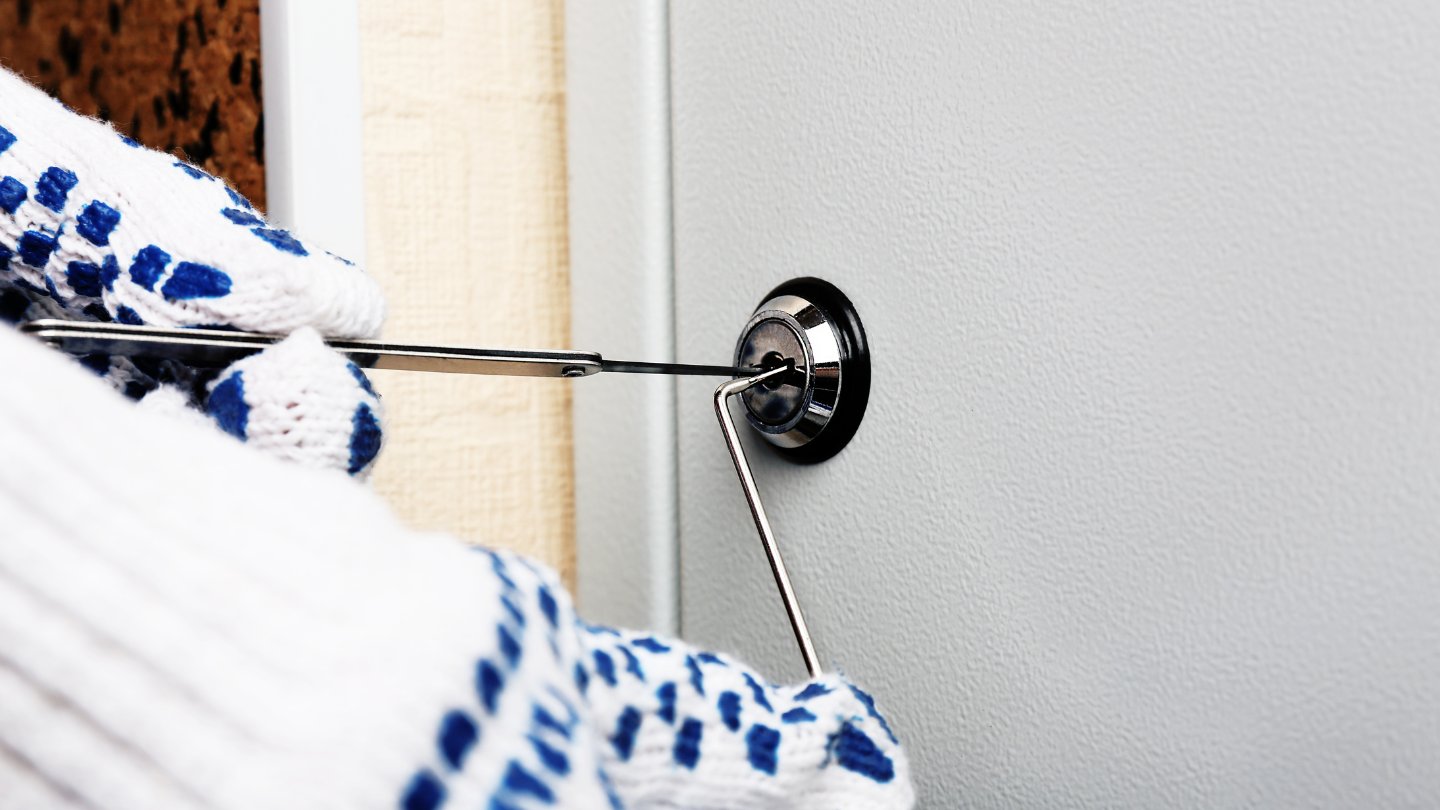
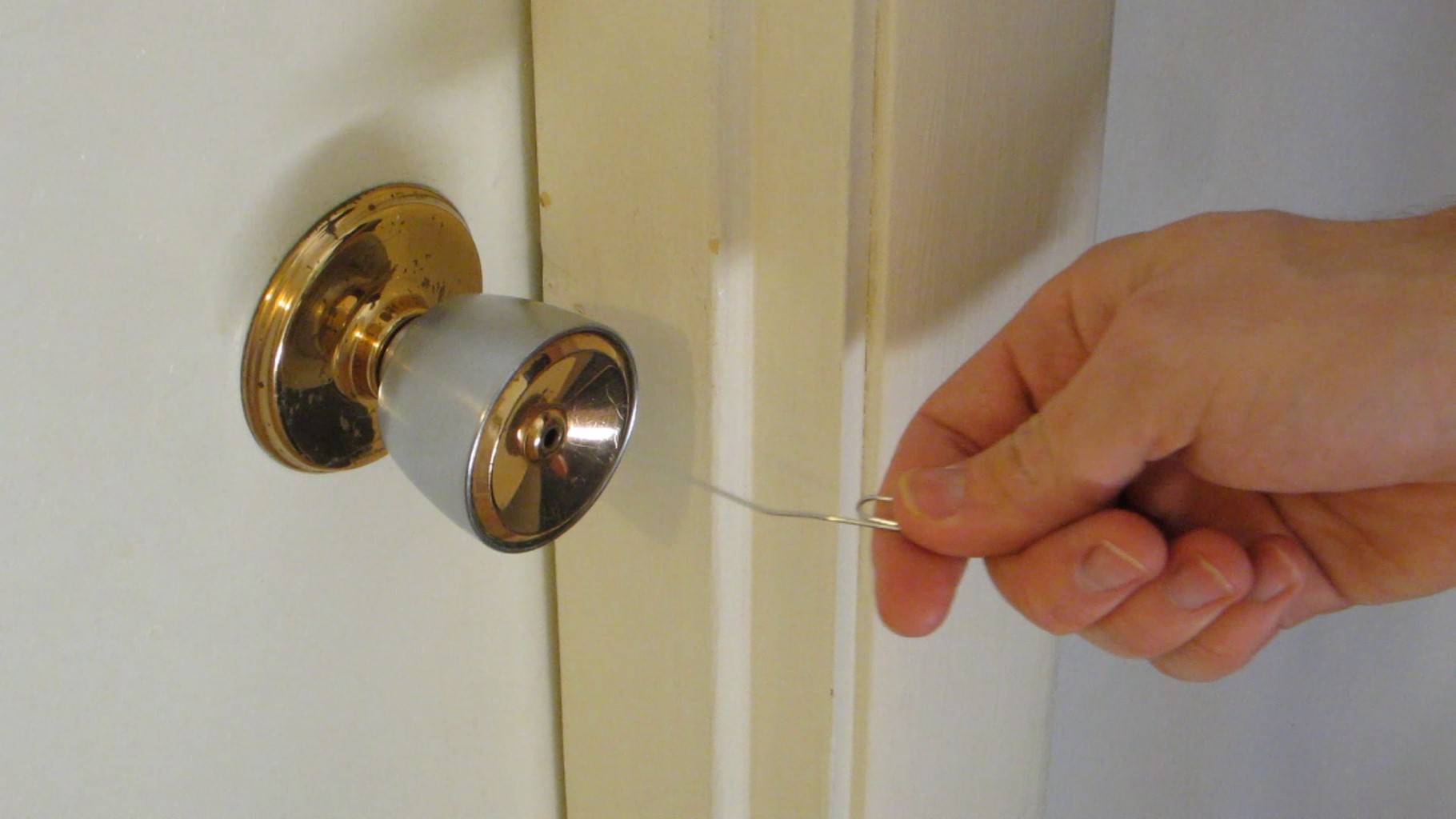
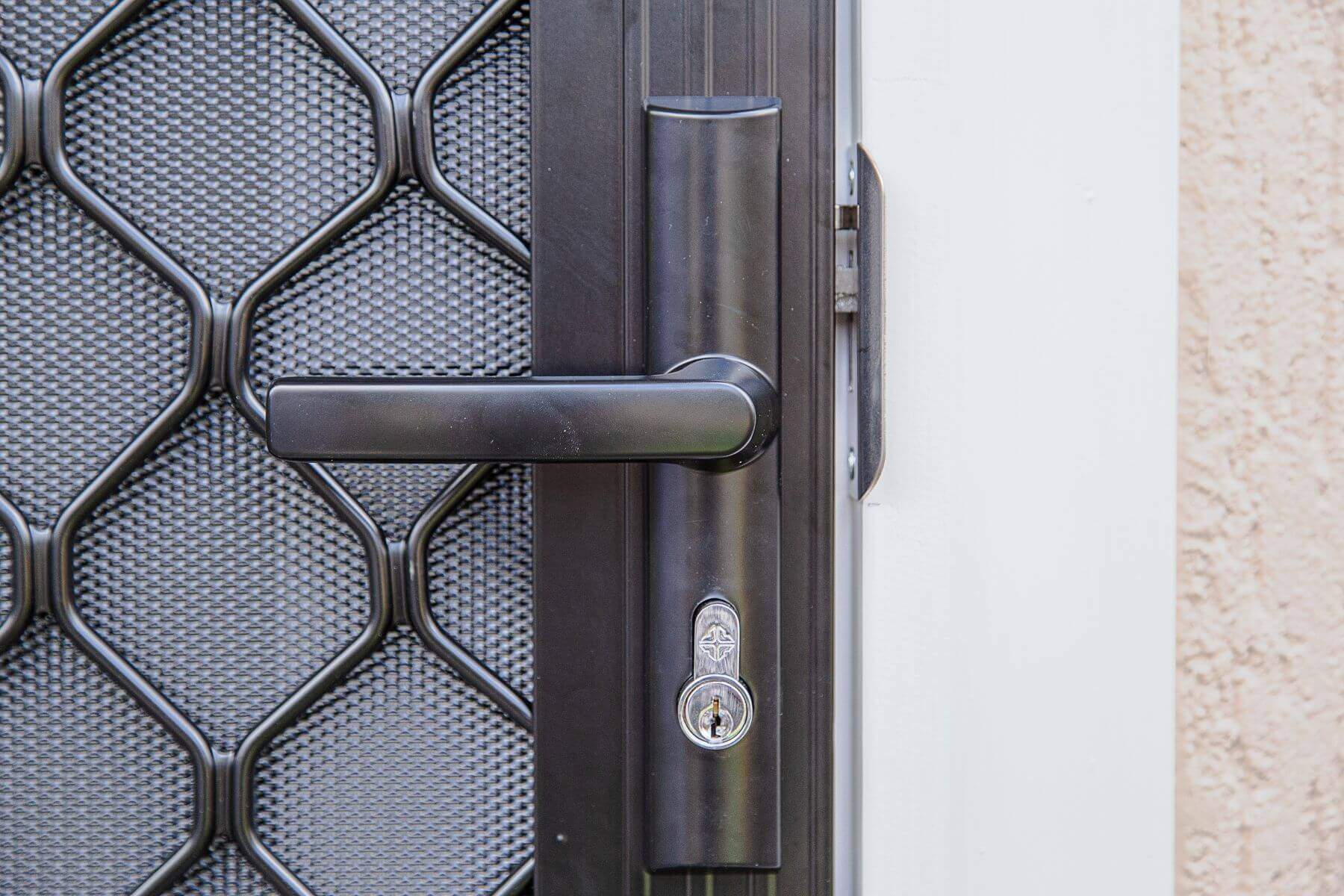
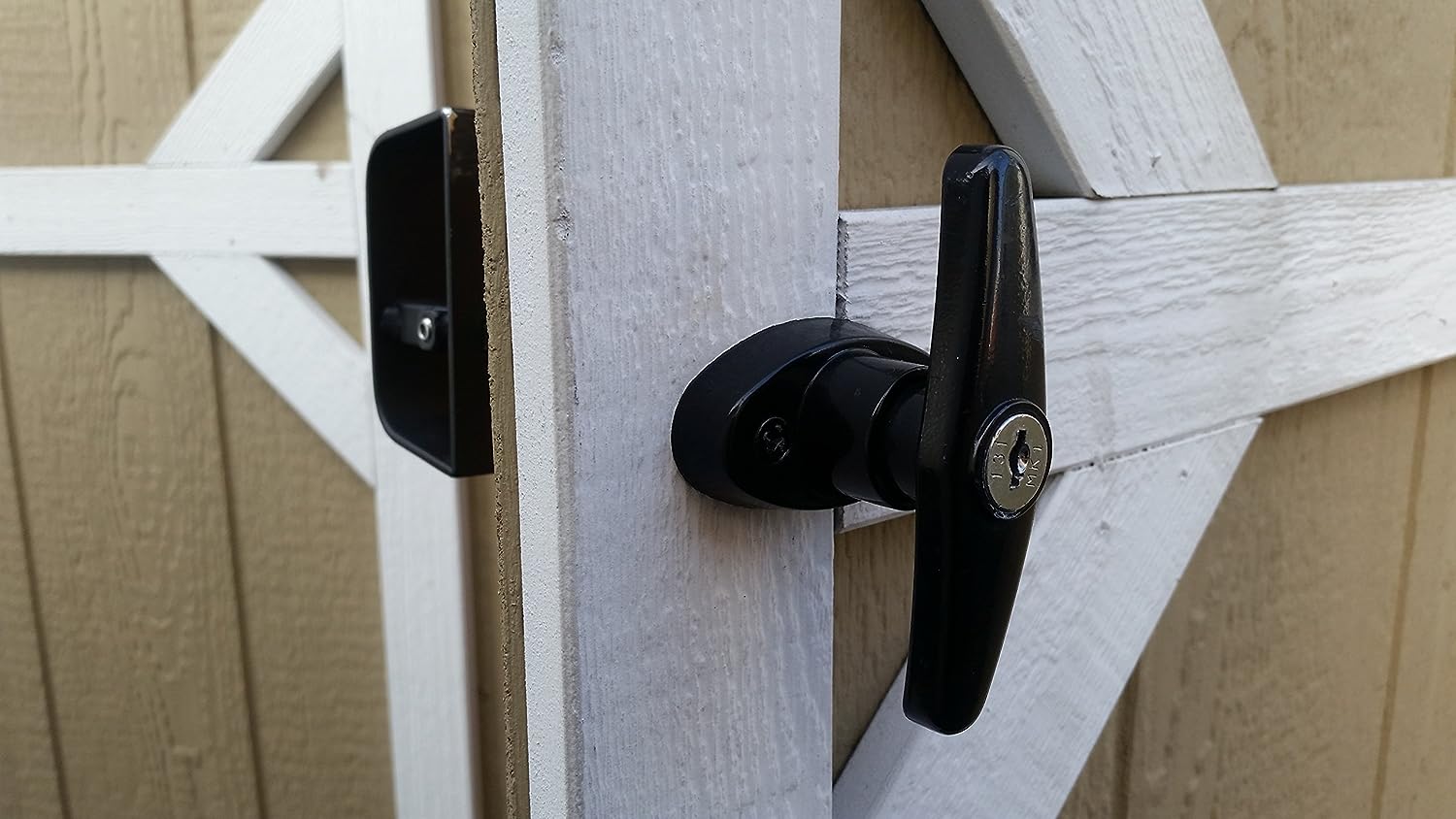
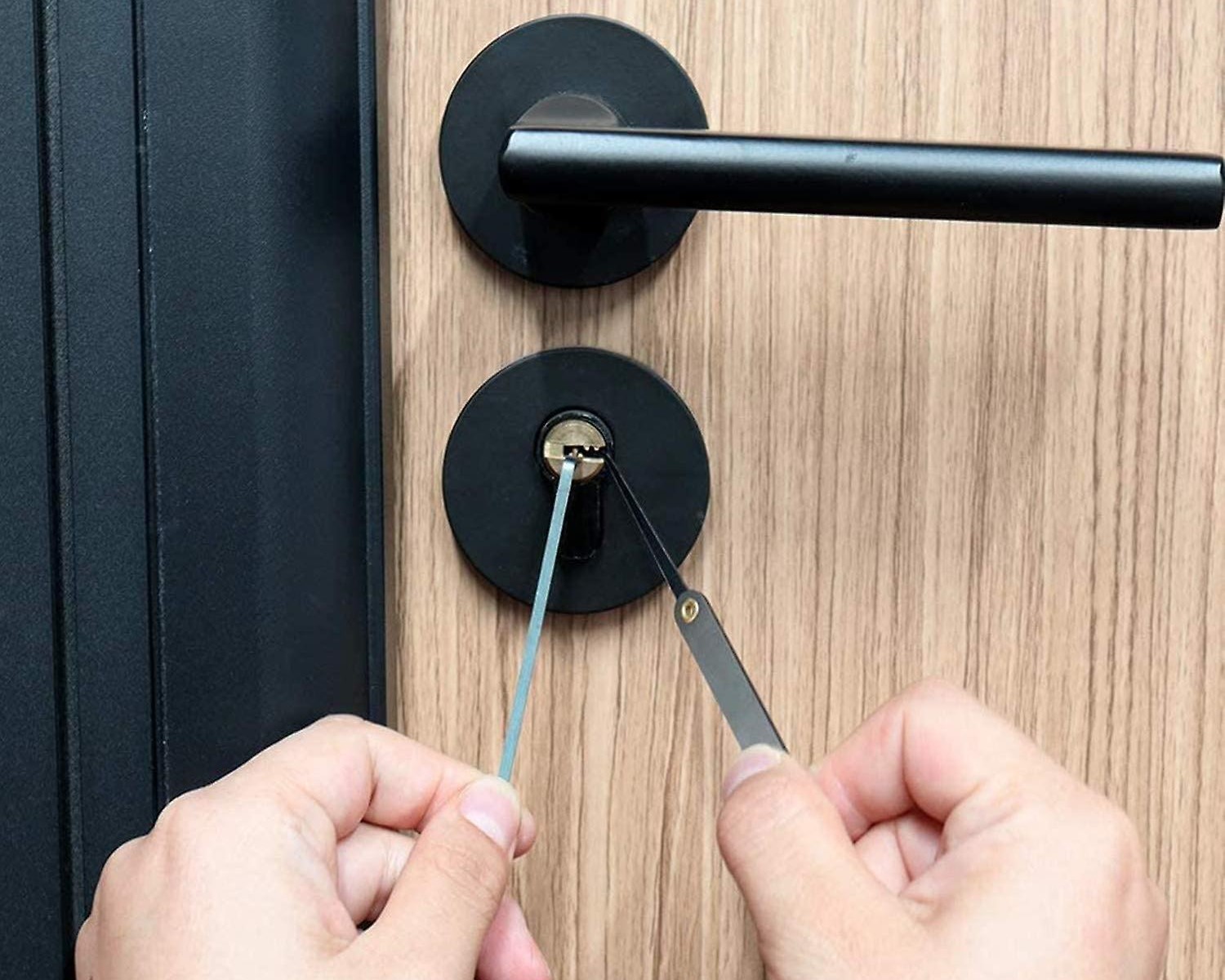
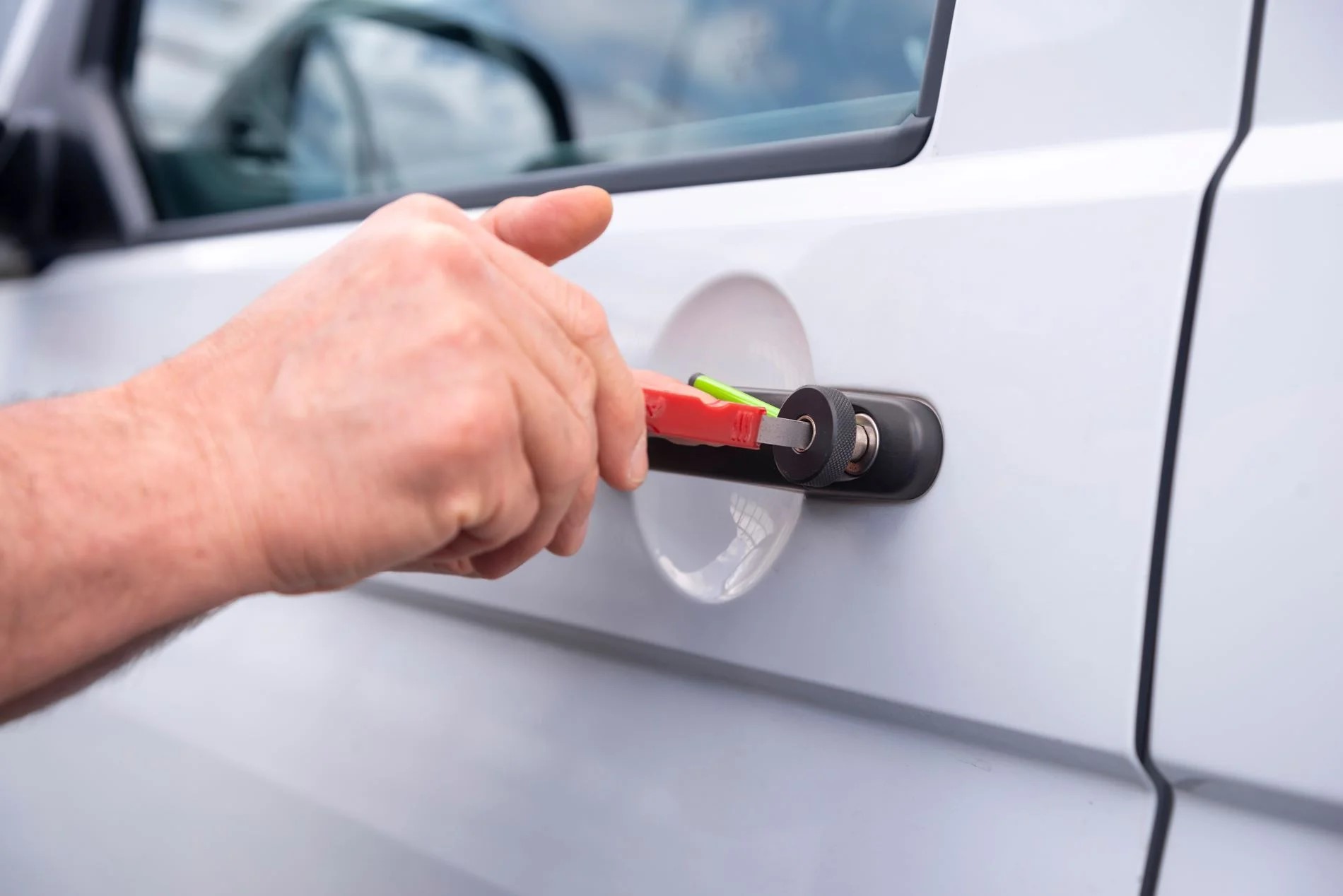
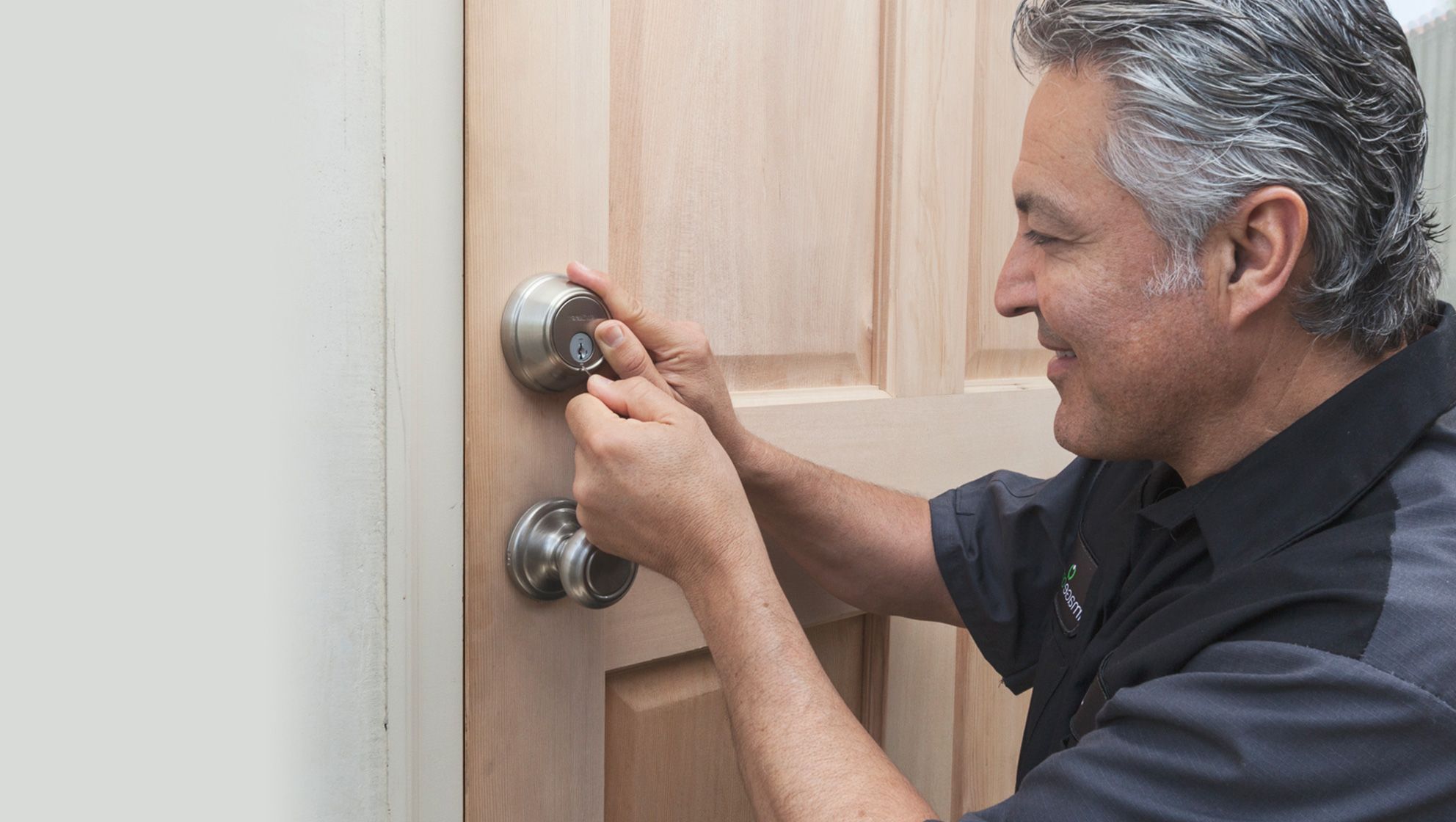
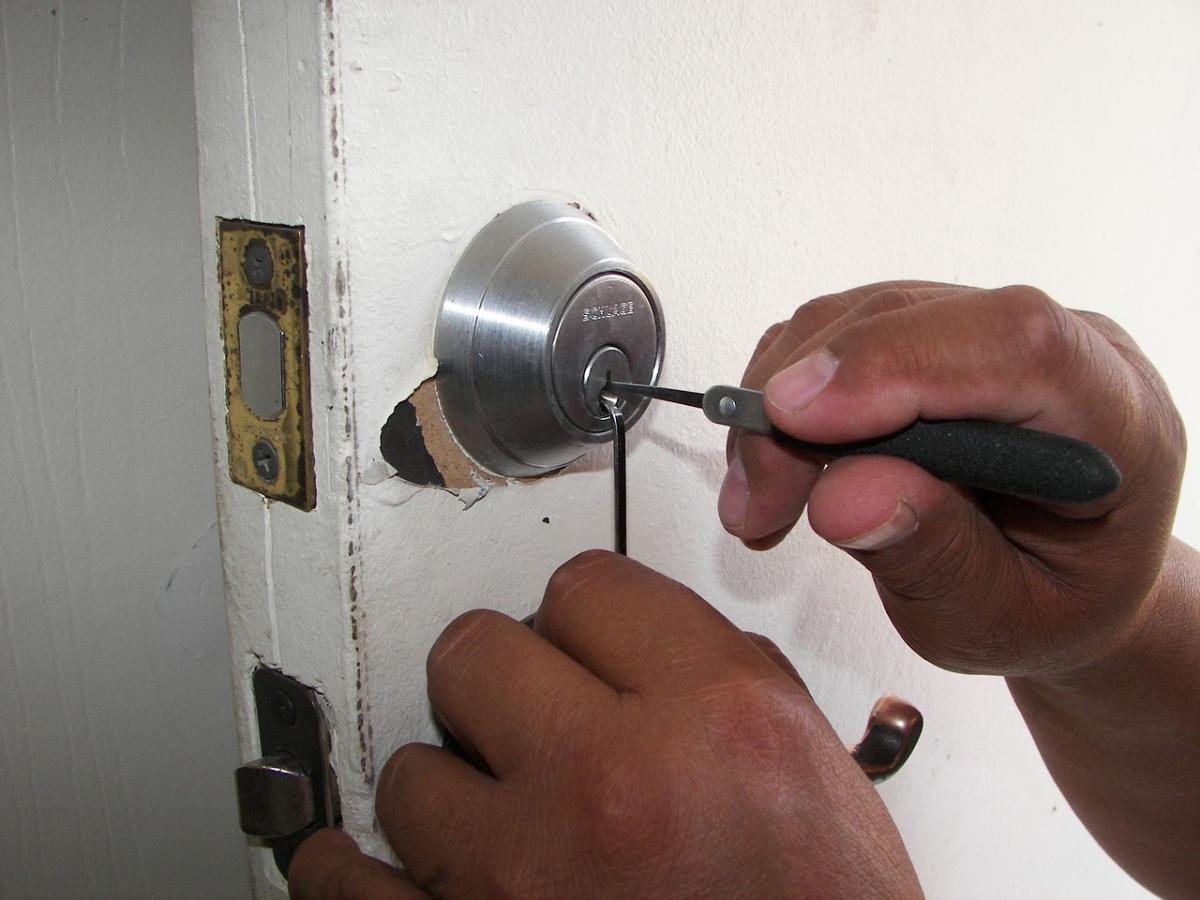

0 thoughts on “How To Pick A Lock On A House Door”